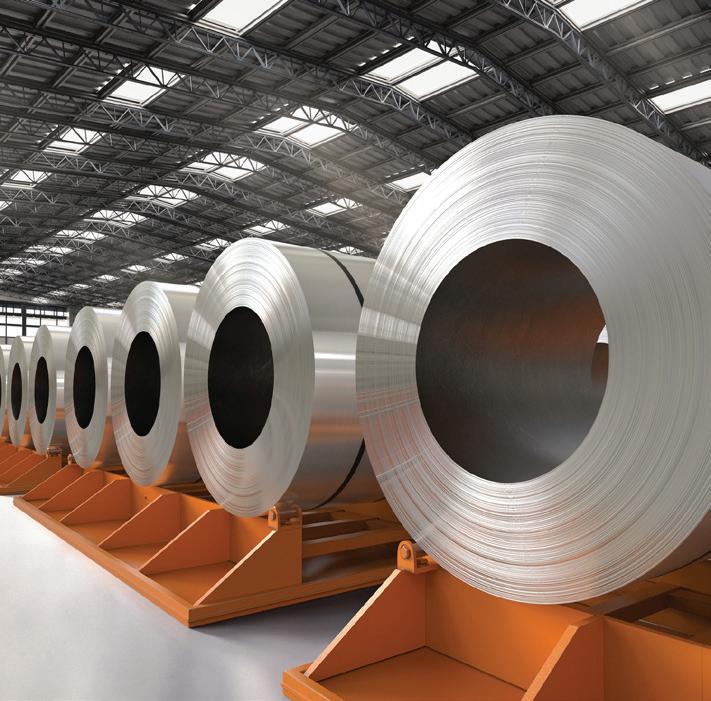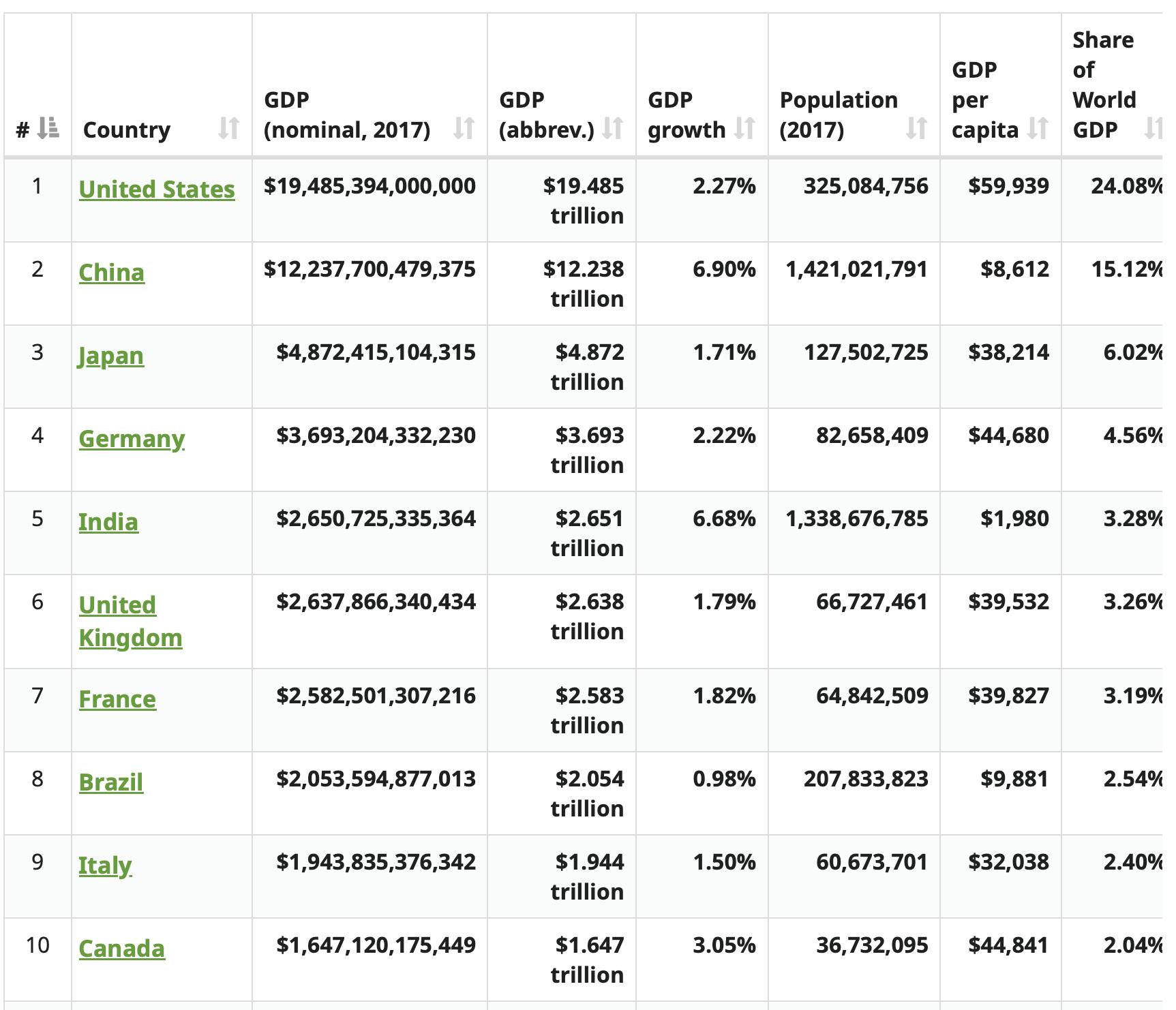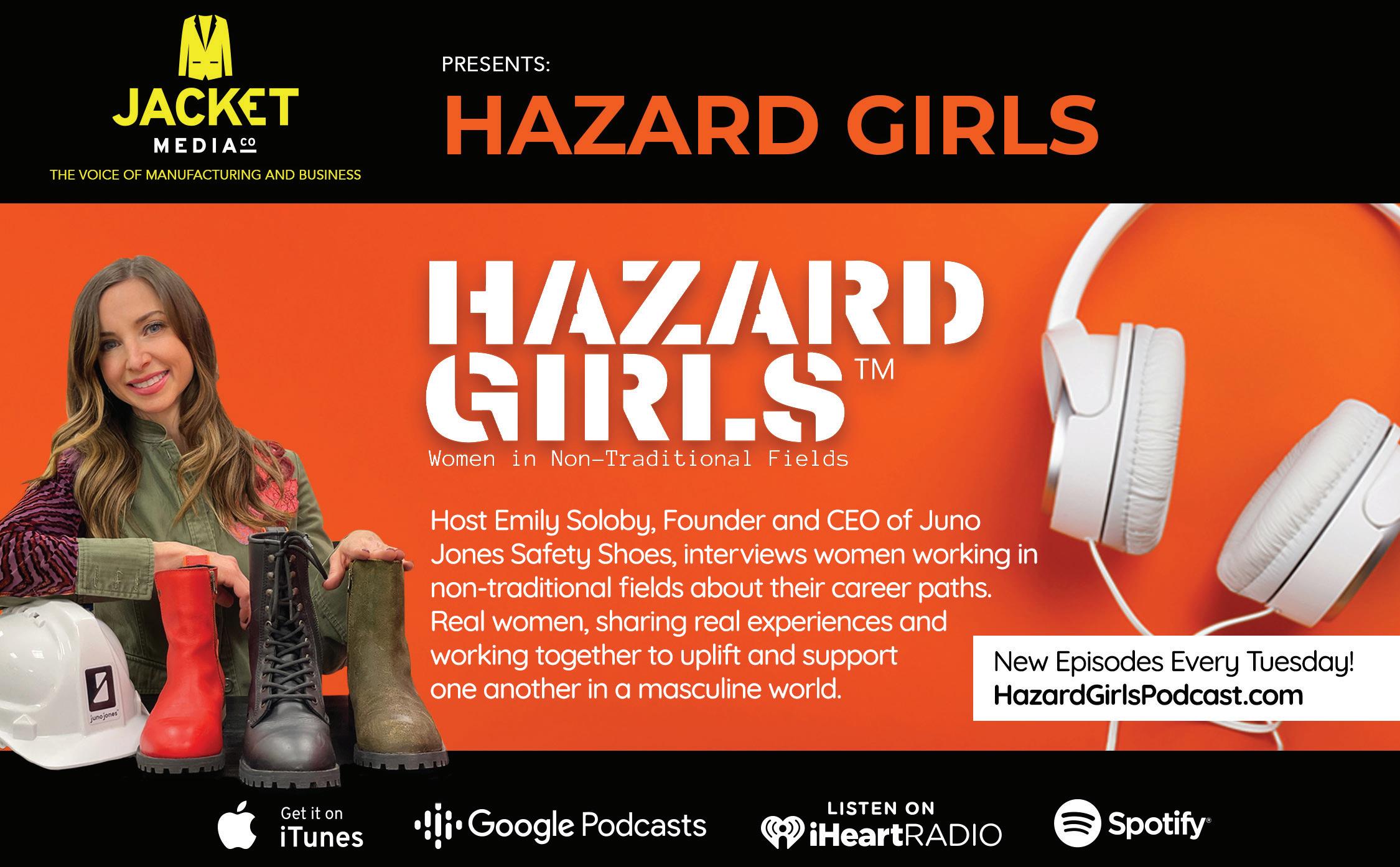
4 minute read
MANUFACTURING OUTLOOK
GLOBAL MANUFACTURING DOWNTURN CONTINUES, BUT SLIGHTLY ENCOURAGING NEWS FROM EUROPE. GOOD NEWS
From The International Monetary Fund
By: Royce Lowe
Figures published on Thursday, January 26th, were expected to show that the U.S. GDP in the final three months of the year expanded at an annualized rate of about 2.5%. The figure that came in was actually 2.9%. This equated to two quarters of robust growth. If a recession is coming, when is it coming? Since the IMF last forecast global growth, the world economy has enjoyed good news.
Headline inflation has fallen, and Europe is having a warm winter, easing its energy crisis. China has done away with its zero-covid policy. The result is that the IMF now expects the world economy to grow by 2.9% in 2023-below the long-term average of 3.8%, but up by 0.2 percentage points on its previous projection in October. But the IMF warns that, of course, all will not be plain sailing. The fund states that underlying inflation is still rising, fueled by overheating labor markets. It will be harder to refill Europe’s gas storage for next winter without Russian inflows and with China hungry for energy. Financial stability risks “remain elevated.”
And growth is not on the up everywhere. The fund has downgraded its growth forecast for Britain by almost a percentage point to -0.6%, making it the only major economy projected to shrink in 2023.
In the U.S., the “flash” manufacturing PMI reading for January - representing data from 85% of respondents - forecasts 46.8, versus 46.0 expected, (from 46.2 in December). The PMI came in at 47.4. The flash composite PMI for January was at 46.6 versus 44.6 in December. The year started on a disappointingly soft note, with business activity contracting sharply again in both manufacturing and services.
January saw a weaker rise in jobs than in most of 2022. The rate of input cost inflation is up into the new year, due in part to upward wage pressure. Results in the U.S. are pretty much in line with the data condensed last month from the ASIS intelligence report, which forecasts a downturn -recession - of some months duration, but mild. Business optimism hit a four-month high. Car sales in the U.S. are forecast to be appreciably higher in January than in December, with an SAAR of 15.6 million versus 13.6 million.
A marginal return to growth of production across the Eurozone as a whole was accompanied by a sharp improvement in optimism for the year ahead (please read the Eurozone Outlook in this issue). This sentiment was apparent in both manufacturing and services, across France, Germany, and the rest of the Eurozone. This good news led to additional hiring. Supply chain pressures eased, energy prices fell, the weather was warmer than usual, and governments chipped in with assistance.
In the UK, there was a sustained downturn in business activity with a rate of decline the fastest for two years. The UK flash composite production index for January, at 47.8, was down from 49.0 in December, at a 24-month low. The flash manufacturing production index was at 46.6 versus December’s 44.4, and the flash manufacturing PMI was at 46.7 versus 45.3 in December. The optimism in January is the strongest since May 2022, based on hopes of a “global turnaround.” Backlogs are lower, and there is a small reduction in employment. On the minus side, the UK auto manufacturing industry just saw its lowest production year since 1956.
Flash data for Japan’s manufacturing sector show a weaker decline for production and new orders, and a stronger decline for new export orders. There is stronger growth in employment, and a stronger positive outlook. The flash composite production index for January was at 50.8 versus 49.7 in December; the manufacturing production index for January was at 47.1 versus 46.6 in December.
China’s manufacturing PMI came in at 50.1, versus 49.8 expected; its services PMI came in at 54.4, versus 52.0 expected. China’s car sales for 2022 came in at 26,864,000 units, up 2% on 2021. BEV sales were at 5,364,000, up 84% year-over-year; hybrid sales at 1,523,000 up 153% yearover-year. However, the accuracy of data from China is often suspect.
The seasonally adjusted Global Steel Users Purchasing Managers Index™ (PMI) – a composite indicator designed to give an accurate overview of operating conditions at manufacturers identified as heavy users of steel – rose to 48.7 in December, from
47.6 in November, signaling a fourth successive deterioration in operating conditions but at a weaker rate.
Employment in the global steel-using sector fell for the sixth month running in December, albeit at the weakest rate over this period. U.S. steel users cut employee numbers for the second month running, while Asia posted only a marginal decline. European steel users raised employment at the fastest rate in six months. Purchasing fell for the fourth time in five months, with all three regions seeing declines for the second successive month.
The PMI for manufacturers who are heavy users of copper went from 47.8 in November to 48.7 in December.
There was a slower downturn in Asia, while the U.S. and Europe showed faster declines in production and new orders. New orders fell for the fourth month running in December, and at the second-strongest rate since May 2020. Input price inflation eased to a two-and-a-half year low. The Global Copper Users PMI™ for December pointed to a broad-based deterioration in conditions across the three monitored regions. There was an easing in the overall rate of decline, however, mainly due to developments in Asia which recorded slower falls in new orders and output, and a stabilization in employment. The U.S. and Europe both posted faster declines in production and new orders, with Europe and the U.S. expanding jobs.
Heavy users of aluminum saw a downturn continuing for the fifth month, but at a slower rate. There were slower declines in production and new order,s and near stabilization in employment. There was deterioration across the U.S., Europe and Asia, with employment rising at aluminum users in Europe, unchanged in the U.S., and falling in Asia. The PMI rose from 47.3 in November to 48.3 in December.
The prices of non-ferrous metals in January were mostly on the up. During the month of January, aluminum went from $1.18 to $1.27 per lb; copper from $3.75 to 4.20; (nickel from $13.30 to $13.70) and zinc from $1.36 to $1.58. As of this writing nickel is currently 14.09 per lb. LME stocks are trending down. Volatile is the word that best describes non-ferrous metal prices of late.
Global crude steel production was down 10.8% year-over-year in the month of December for the 64 reporting countries – which represent 98% of world crude steel production – to 140.7 million tons (MT). Production for the year 2022 was down 4.2% year-over-year at 1,878.5 million tons. The global production of primary aluminum continued at its normal pace in December, with China producing 59% of the 5.859 MT total.

Author profile: Royce Lowe, Manufacturing Talk Radio, UK and EU International Correspondent, Contribut
ing Writer, Manufacturing Outlook. n











